Research
These short articles highlight the findings from ongoing scientific research within selected Marine Parks, including exciting new discoveries and ideas for future projects. If you are a scientist, read about how you can see your work featured in the Atlas.
Published on 28 July 2020
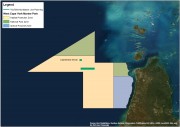
Acoustic mapping of one of northern Australia’s least studied coral shoals and searching for a shipwreck.
Published on 9 July 2020
Scientists have captured imagery of a newly discovered underwater landscape beneath the waves in Bass Strait, revealing a complex seabed of deep reefs that have been sustaining life for fish and other fauna for millennia. Using multibeam sonar, a team from Deakin University’s marine mapping group has scanned the seafloor in the Apollo Marine Park, south-west Victoria for the very first time.
Published on 28 May 2020
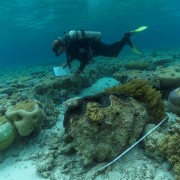
A re-survey of sites within the North-west Marine Park Network revealed an increase in fish biomass, richness, biomass of larger fishes, coral cover and macro-invertebrate density at Ashmore Reef Marine Park (IUCN Ia). Many of these changes were not recorded at fished reference sites, suggesting the strict sanctuary zoning is having a positive effect.
Published on 25 May 2020
In Autumn 2019, the Institute of Marine and Antarctic Science (IMAS) completed a two-week continuous multibeam mapping program in shelf waters of the Freycinet, Huon and Tasman Fracture Marine Parks to extend current knowledge of habitat distribution in these parks. In addition, several areas outside the park were mapped to provide external reference areas for the Tasman Fracture Marine Park. This mapping will underpin future biological inventory and monitoring programs.
Published on 8 May 2020
Fowlers Bay sits in the Great Australian Bight, immediately adjacent to the Great Australian Bight Marine Park. The bay is characterised by long stretches of wide, white sandy beaches and rocky headlands. To the east, they’re backed by towering sand dunes and to the west, immense 90 metre cliffs run for a 170 kilometre stretch. Exposed to south-easterly winds that drive large swells, the region is a popular haunt for the keen surfer and recreational fisherman. It is also known for its white shark population and thought to be prime habitat for juvenile white sharks.
Published on 22 April 2020

At the very edge of continental Australia lies a biological powerhouse. Isolated by hundreds of kilometres of ocean and visible only by a few tiny specks of land, Ashmore Reef is a unique place with a globally important role to play. A visionary scientific partnership, mixing new and old survey methods, is now delivering the data and insight Parks Australia needs to improve management of this ocean oasis.
Published on 6 November 2019
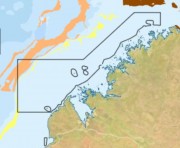
During a recent voyage in the Kimberley Marine Park we discovered fields of benthic siphonophores on the sea floor – one of the first records of this group in Australia.
Published on 6 November 2019

Baited remote underwater stereo-videos (stereo-BRUV) were deployed to gather vital biodiversity benchmark data from some of the deepest parts of Ningaloo Reef.
Published on 6 November 2019
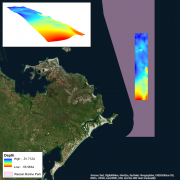
Acoustic mapping of the seafloor off the east coast of East Arnhem Land.
Published on 19 September 2019
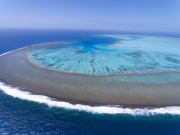
Reef communities remain relatively stable, but show signs of warming-related change
